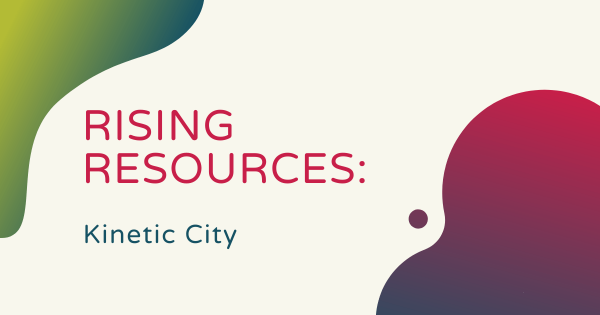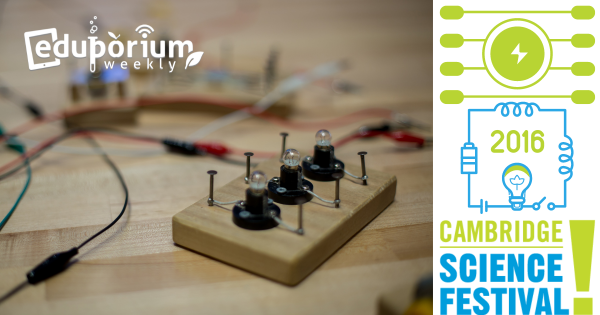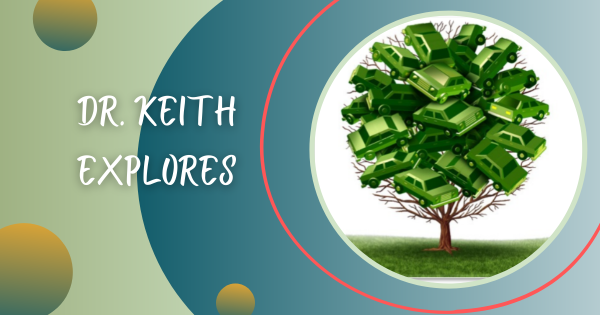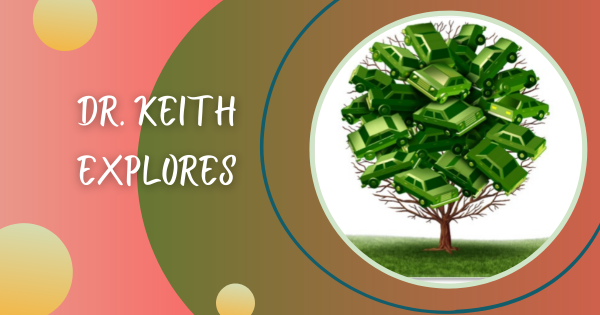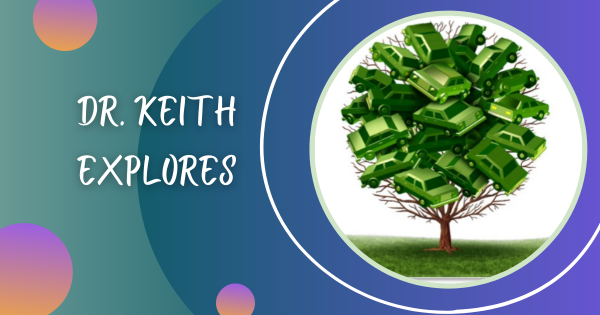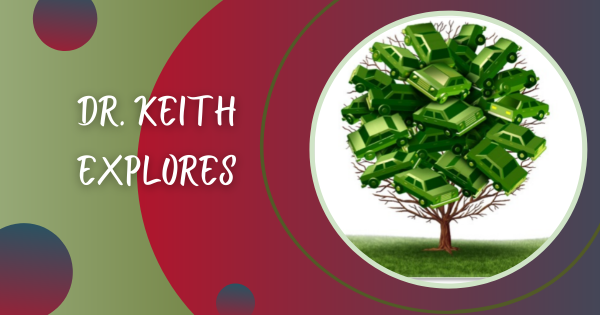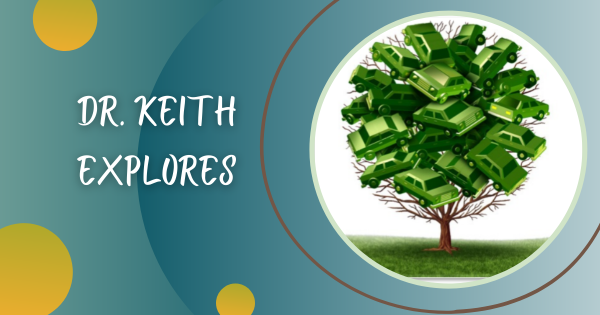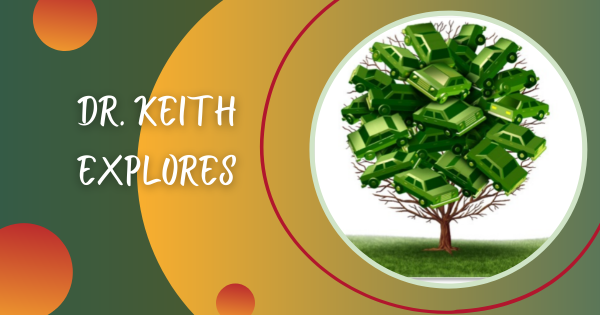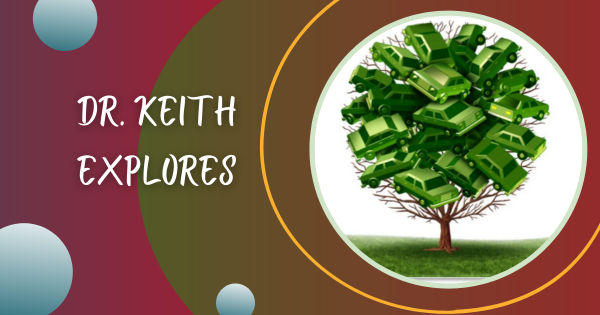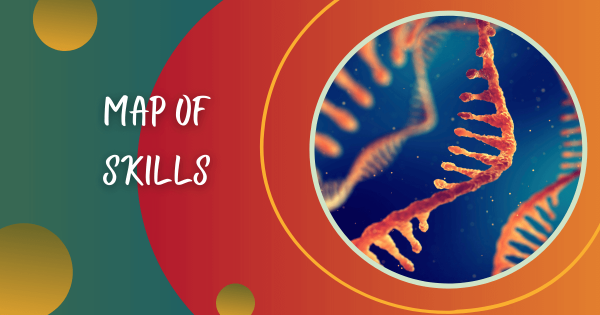Kinetic City is a web-based science program that teaches a variety of science concepts via challenges, games, and activities. The theme of the program is “knowledge-eating viruses destroying our world’s science” with the solution being to complete the games and projects to “beat the bugs and set things right.”
Science
-
Eduporium Weekly | Time For The Cambridge Science Festival
You might have heard that our team will be participating in the upcoming Cambridge Science Festival next week and even hosting a few events on Wednesday and Thursday. And, we feel it’s imperative to do what we can so that educators have an idea and an advantage when it comes to how they can create this kind of transformational education -
Dr. Keith Explores: Cities And Us Part 6
We have looked at some of issues that school children may face if they use the bus or train to get to school. Some children commonly use two other ways to get to school. Sometimes the school is close enough for students to walk from home to school. Here are some activities that you and your friends can do. -
Dr. Keith Explores: Cities And Us Part 5
During the train ride, Michael and his friends usually notice that many of the city streets are choked with the early morning rush hour traffic. Most times, the vehicles move quite slowly and sometimes they are at a complete standstill. The train ride to the station that is close to their school takes about 15 minutes. -
Dr. Keith Explores: Cities and Us. Part 2
In the City of Atlanta in Georgia, a huge world class sporting event was held in the summer of 1996. It was the Modern Olympics. It was a great time for the city as it hosted countless visitors and athletes from all over the world. The city officials realized that the city would be ‘choked’ and grind to a -
Dr. Keith Explores: Water and the Environment
Dr. Keith Explores is a new blog series written by Dr. Keith Yearwood, a geoscientist at the University of Maryland. Dr. Keith takes pieces of our natural world and explains them one at a time, encouraging and helping all of us to be more attentive to our surroundings. At the end of each post is a piece of technology, project, -
Dr Keith Explores: Water and Pollutants
Today’s talk begins with a small activity. Take a clean, clear glass and put some tap water into it. Set it down and examine it carefully. Most likely you will see nothing in the water. It looks clean and pure and it probably is safe to drink. Take another clean glass and do the same thing, but this time, place -
Dr. Keith Explores: Runoff And Its Effects
Imagine yourself to be a bit of chemical substance that if someone swallows you, they can get very ill. You are flushed down the kitchen sink and you find yourself surrounded by the water that helped to flush you down the sink. You travel through many pipes and end up in a larger pipe and join many other chemical friends. -
Map of Skills | Discovery of RNA Sequences
In this “Map of Skills,” Kaila Deiorio-Haggar, a Ph.D. Researcher at the Meyer Laboratory of Boston College, describes her work on autogenous ribosomal elements in bacteria. She uses computational frameworks to discover autogenous ribosomalelements in bacteria and talks about the computational alignments of genomic structures.
Page
- Page Previous
- Page 1
- You're currently reading page 2
- Page 3
- Page Next




